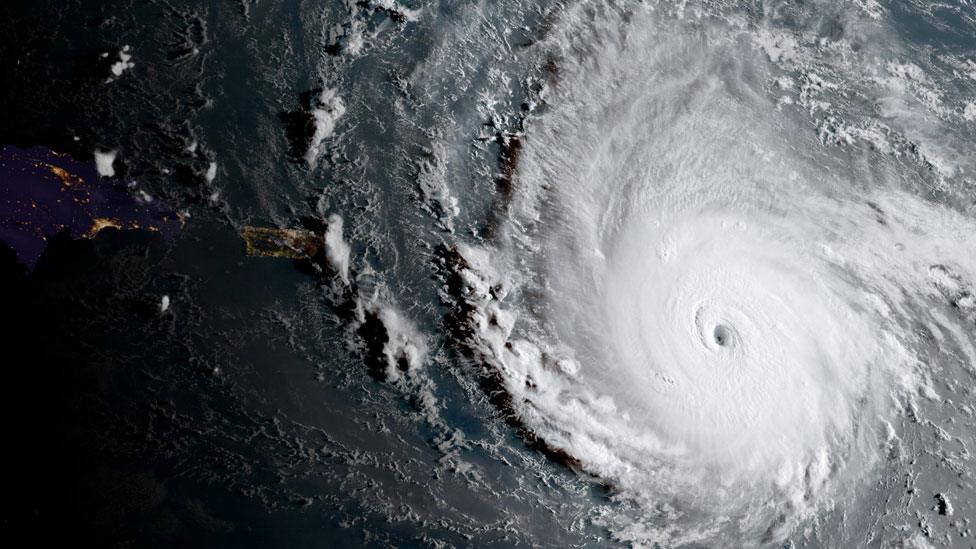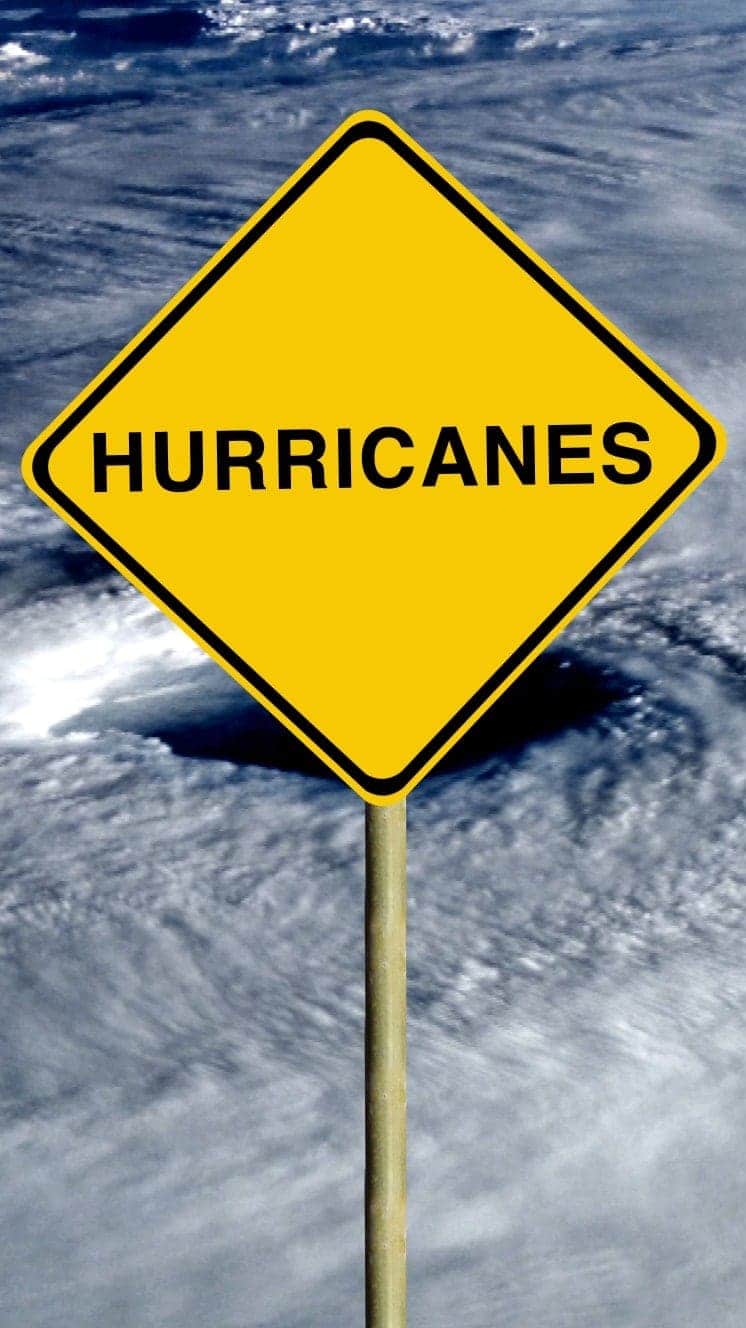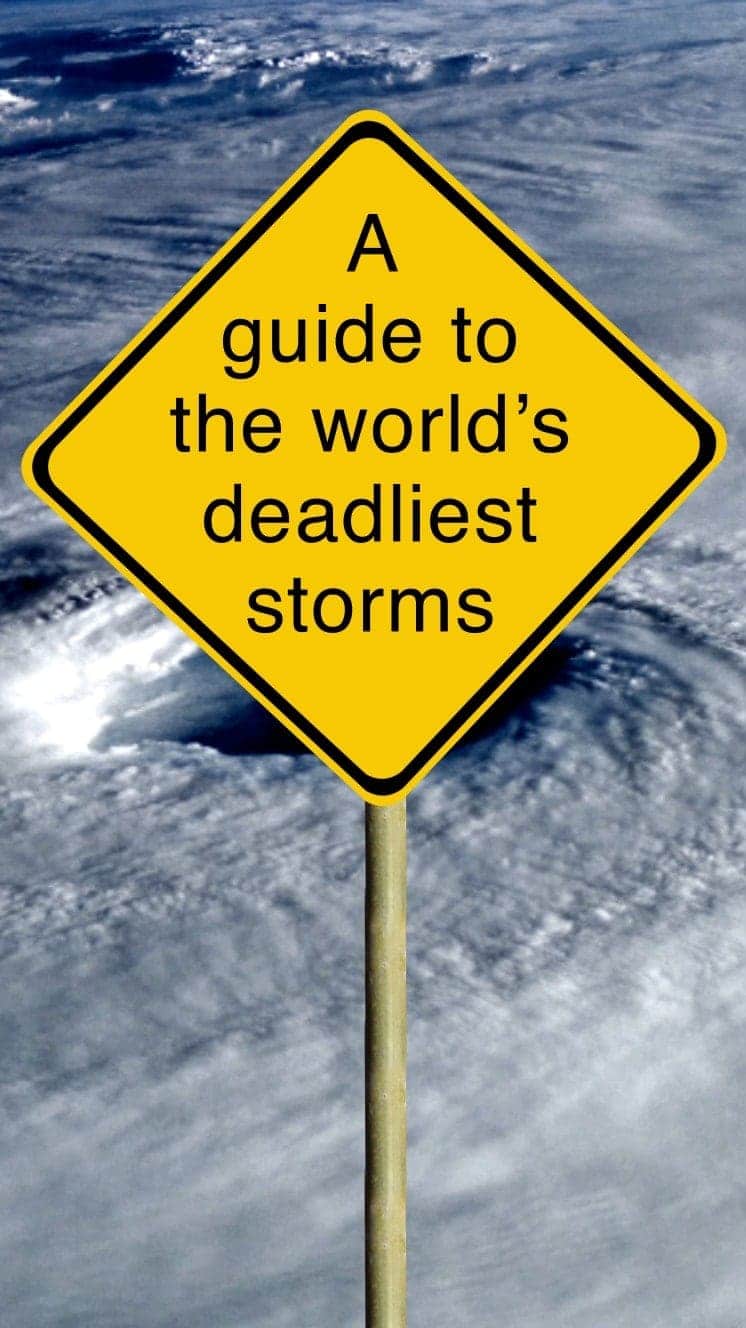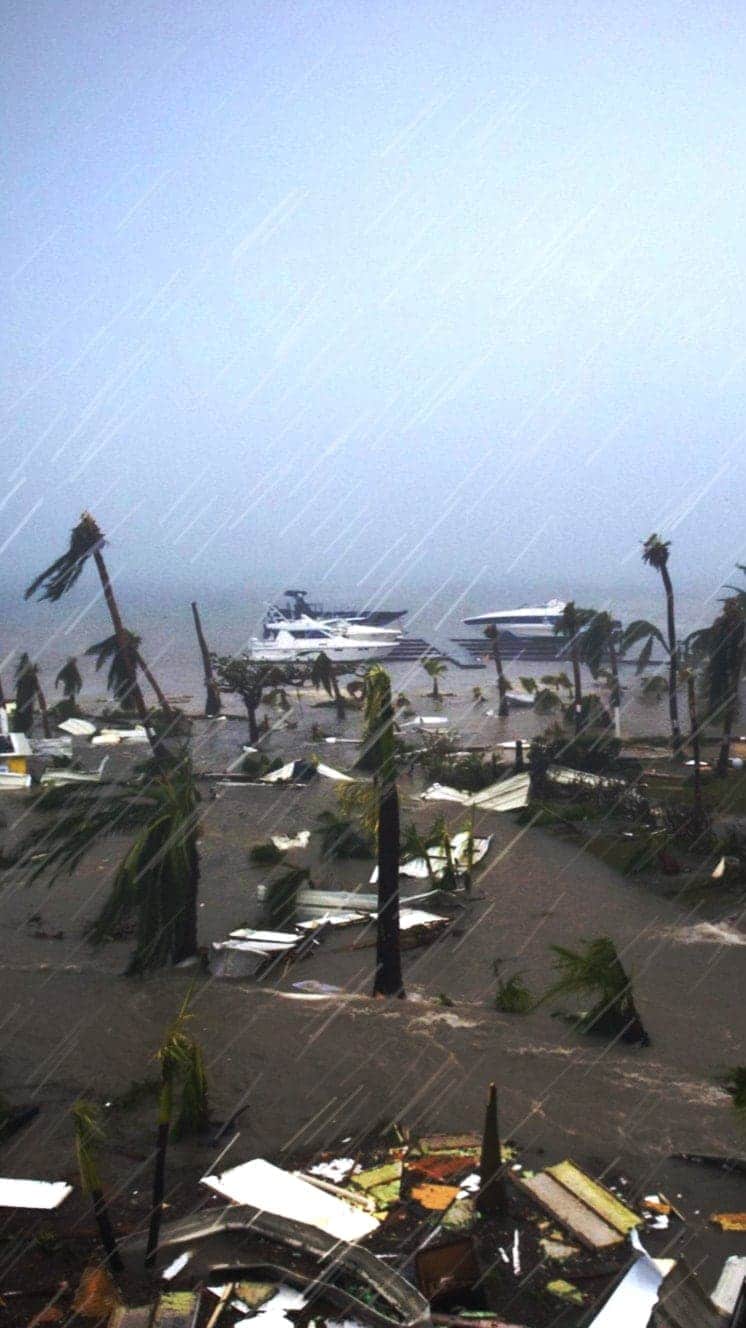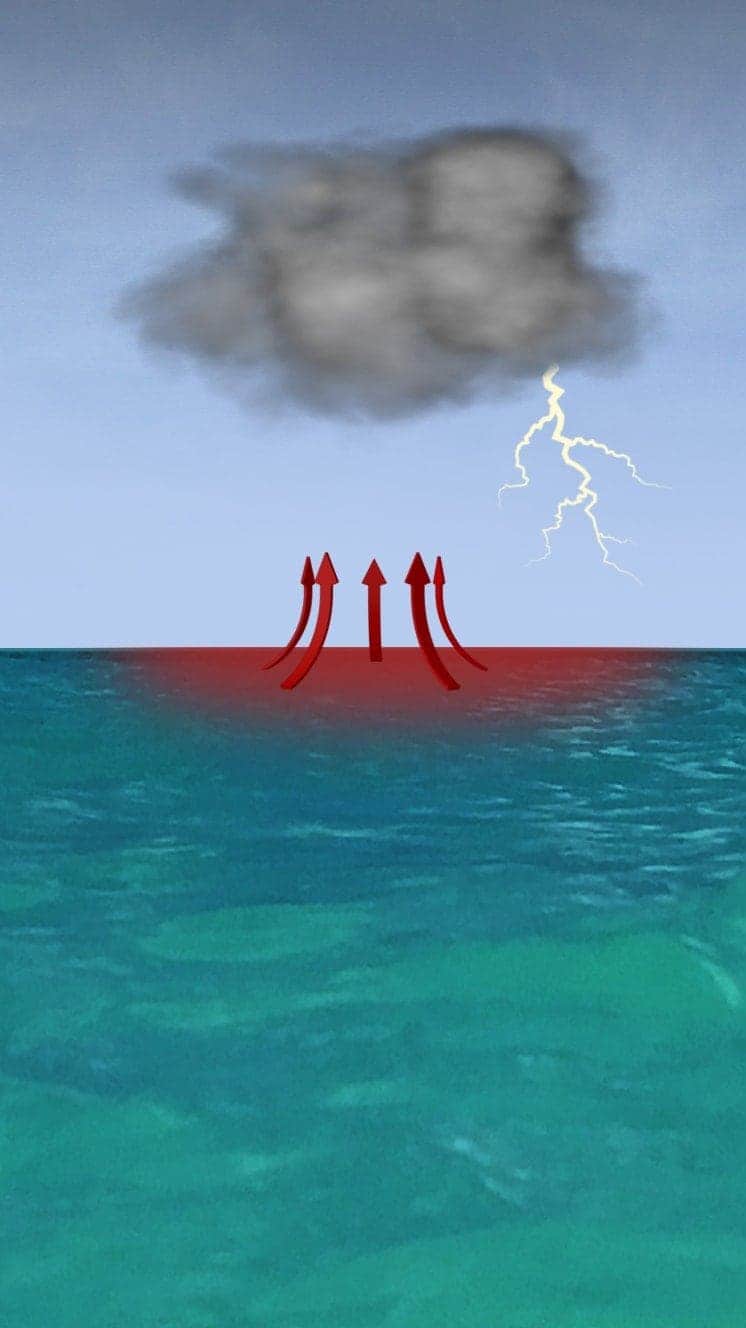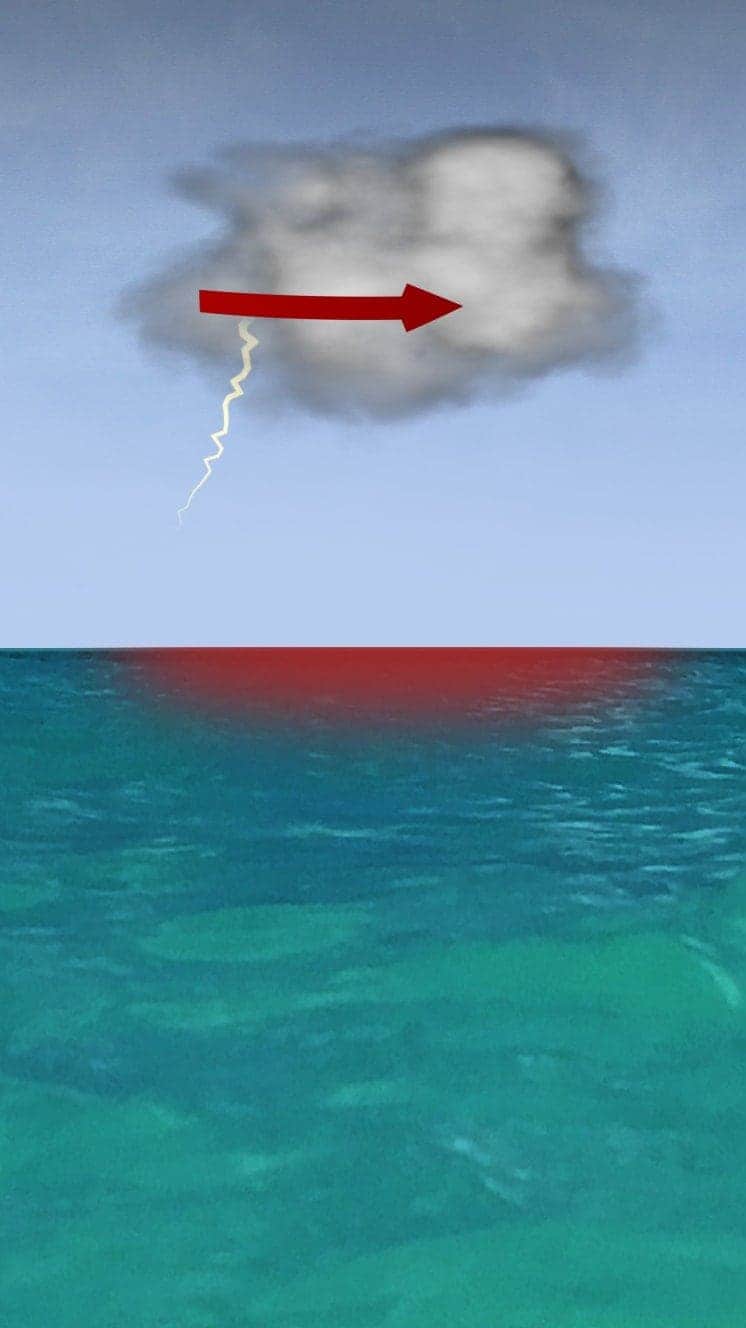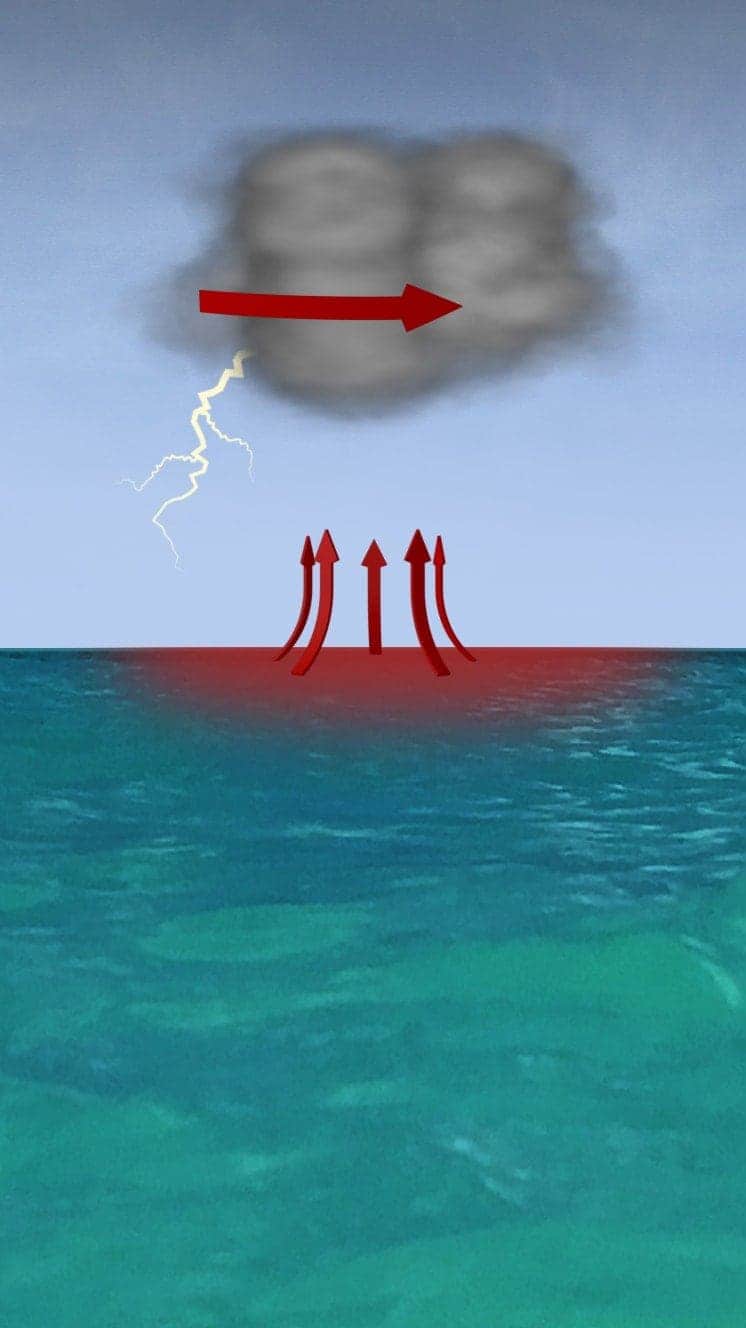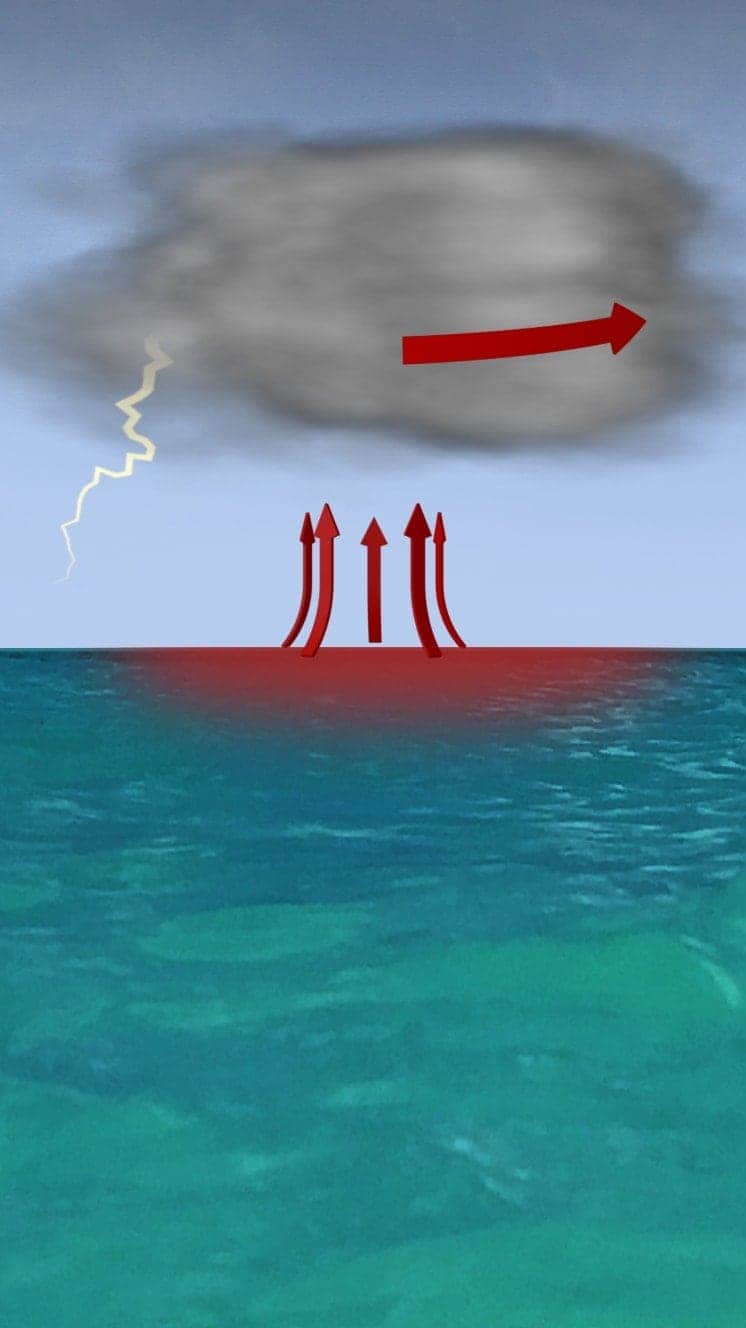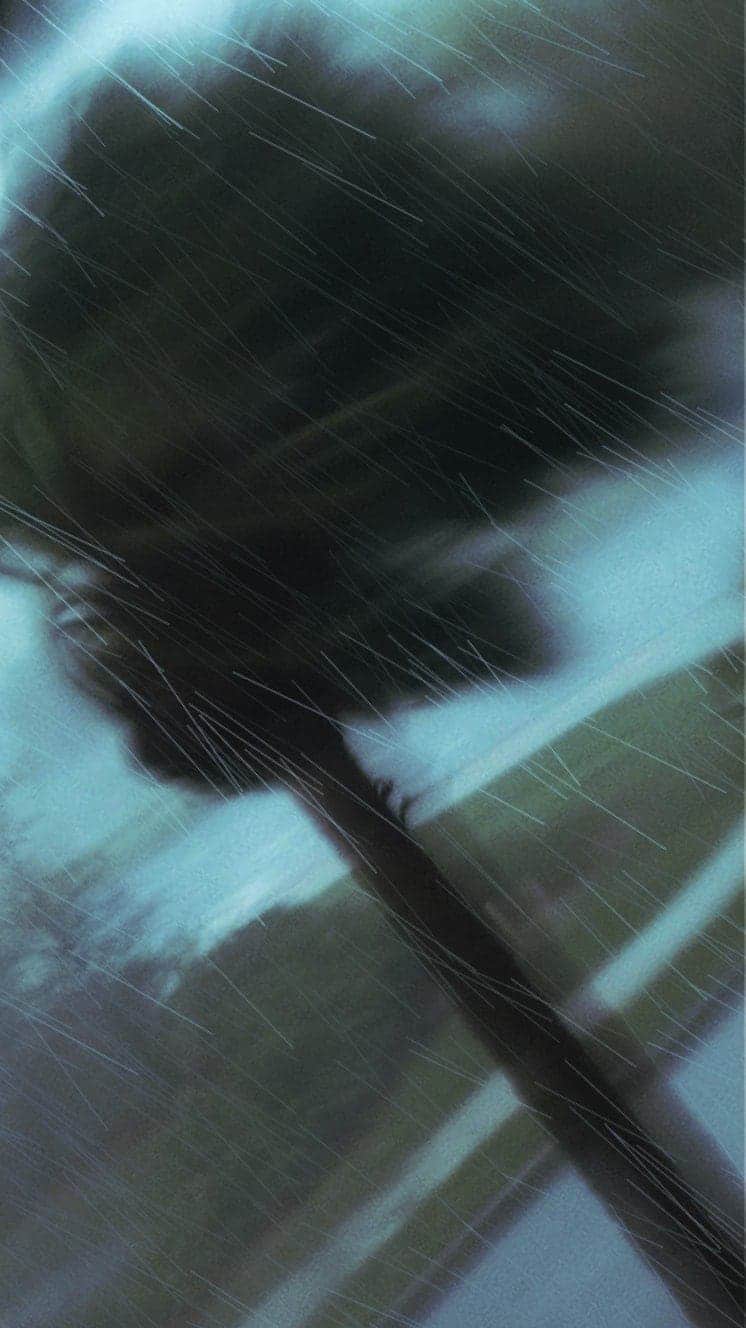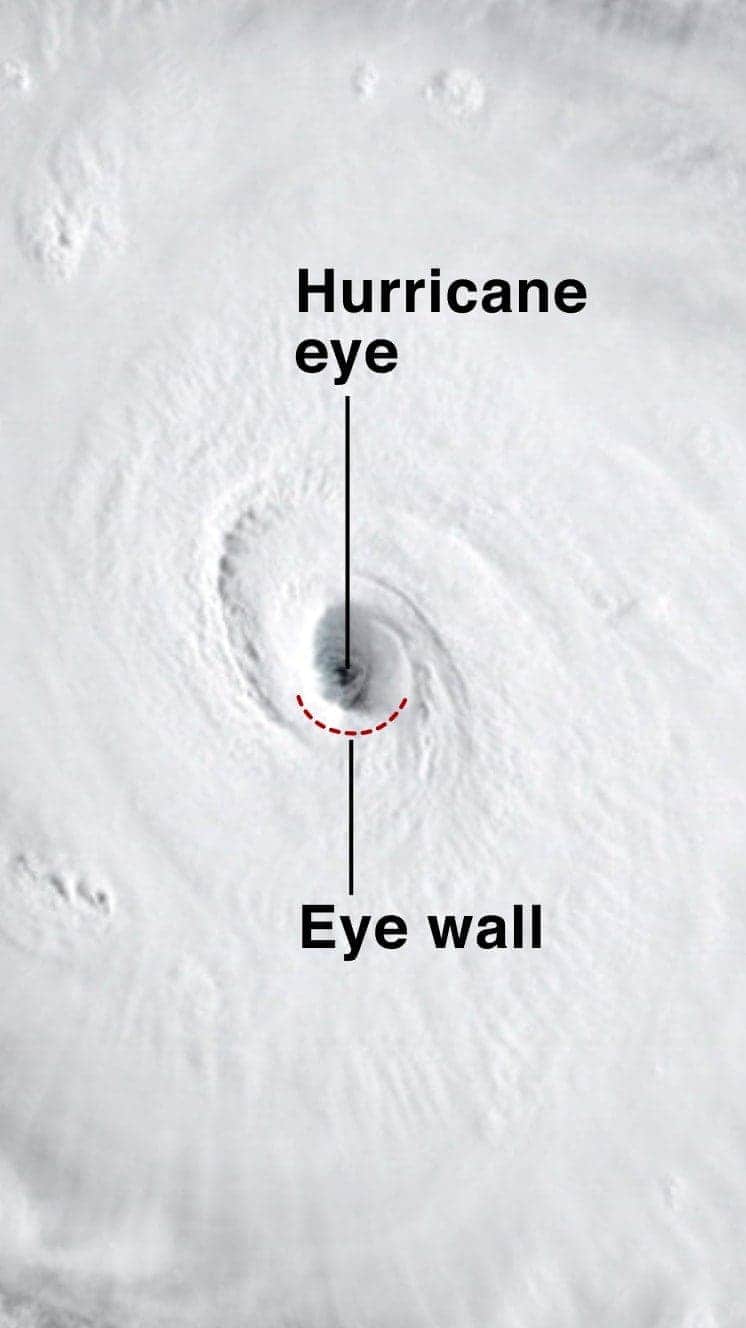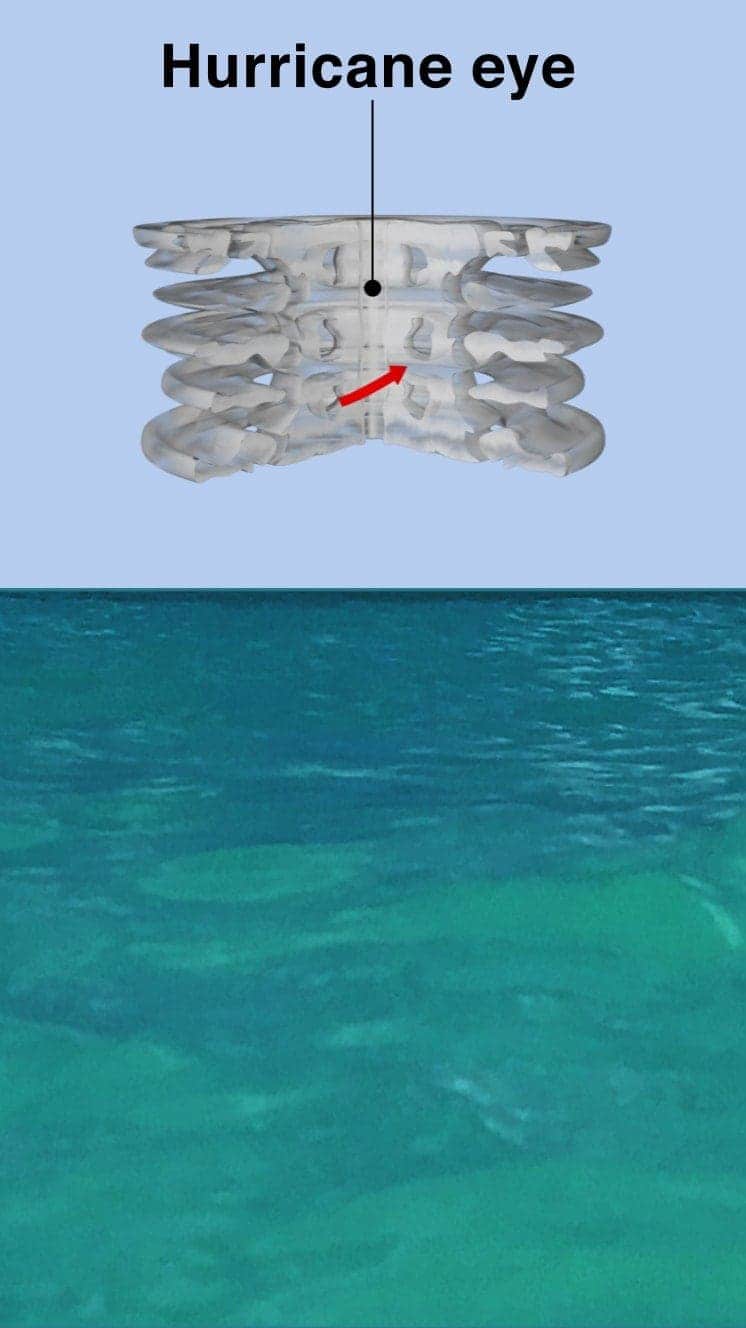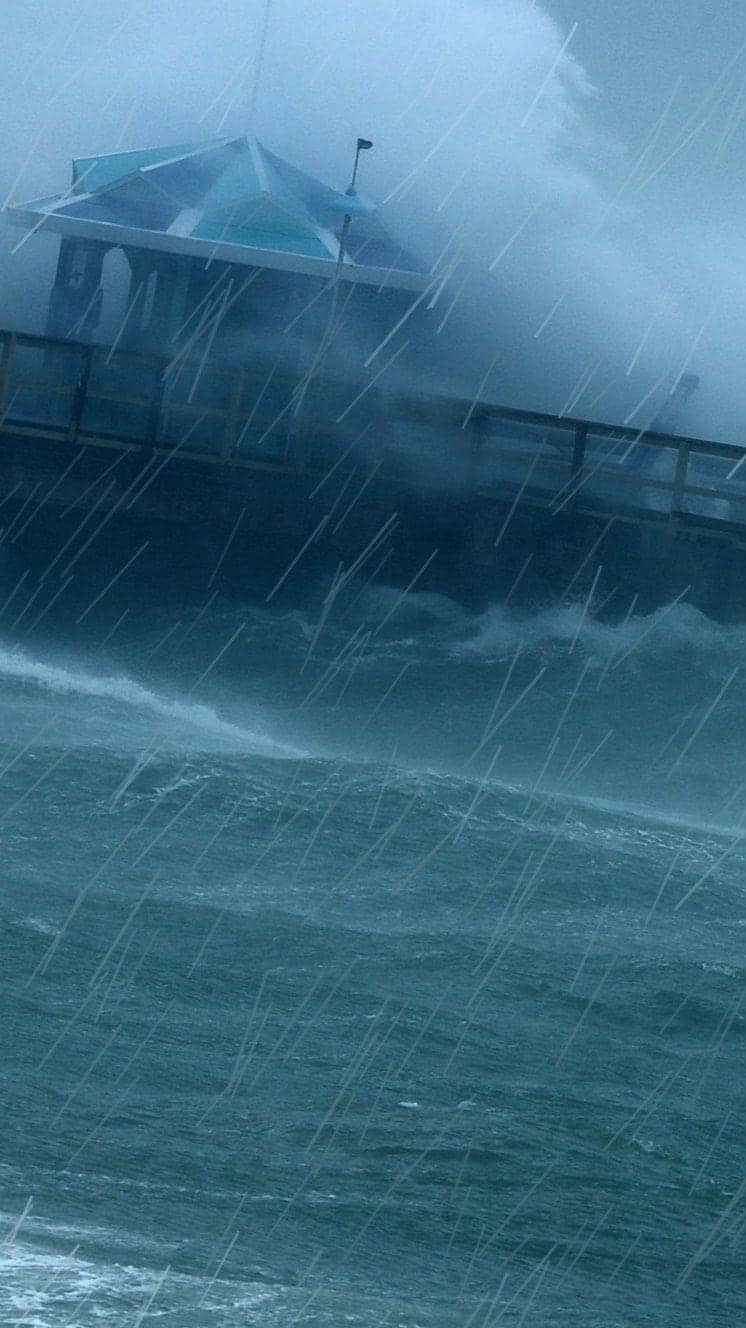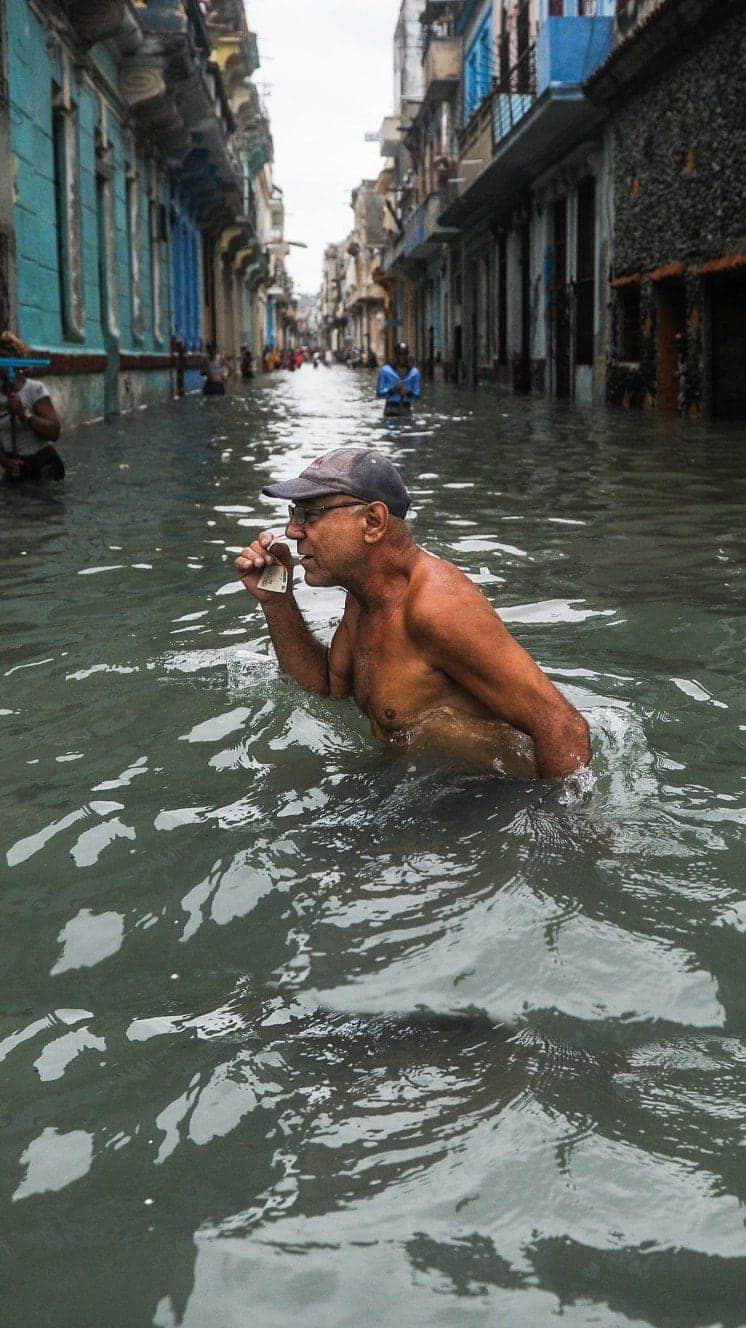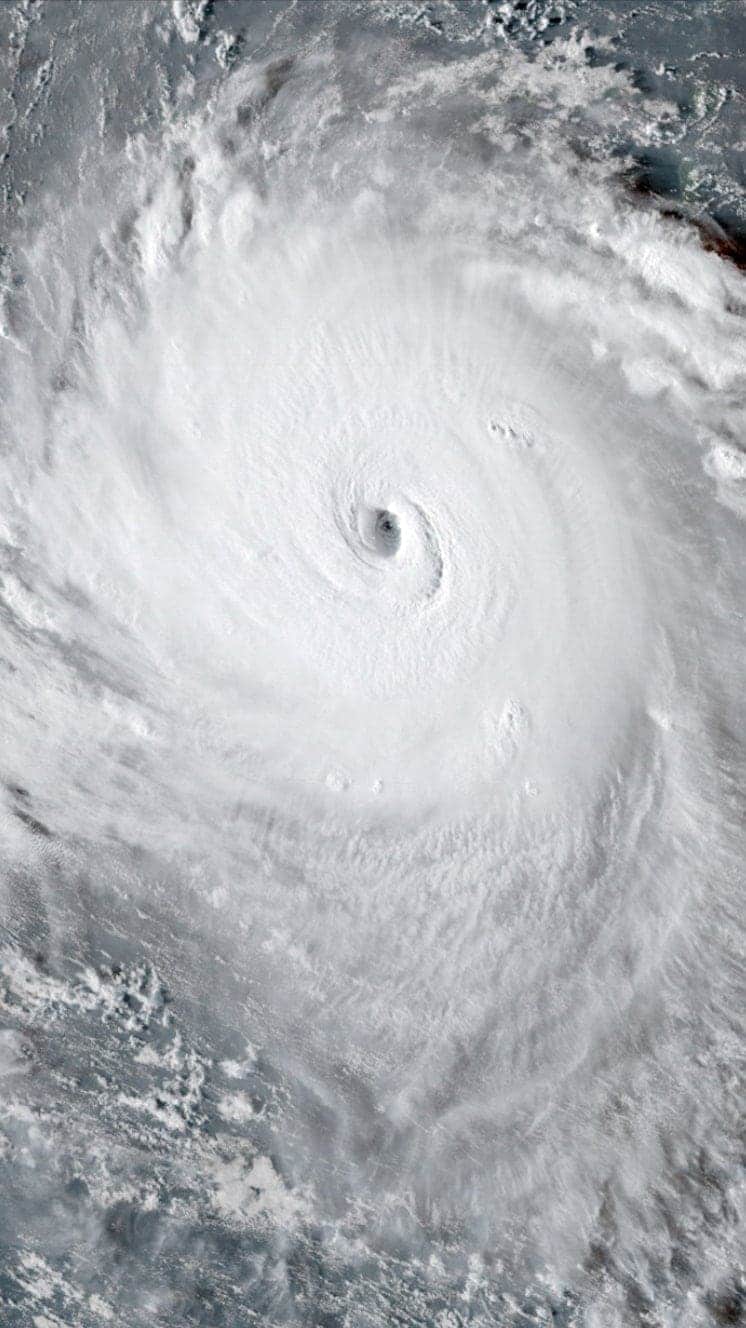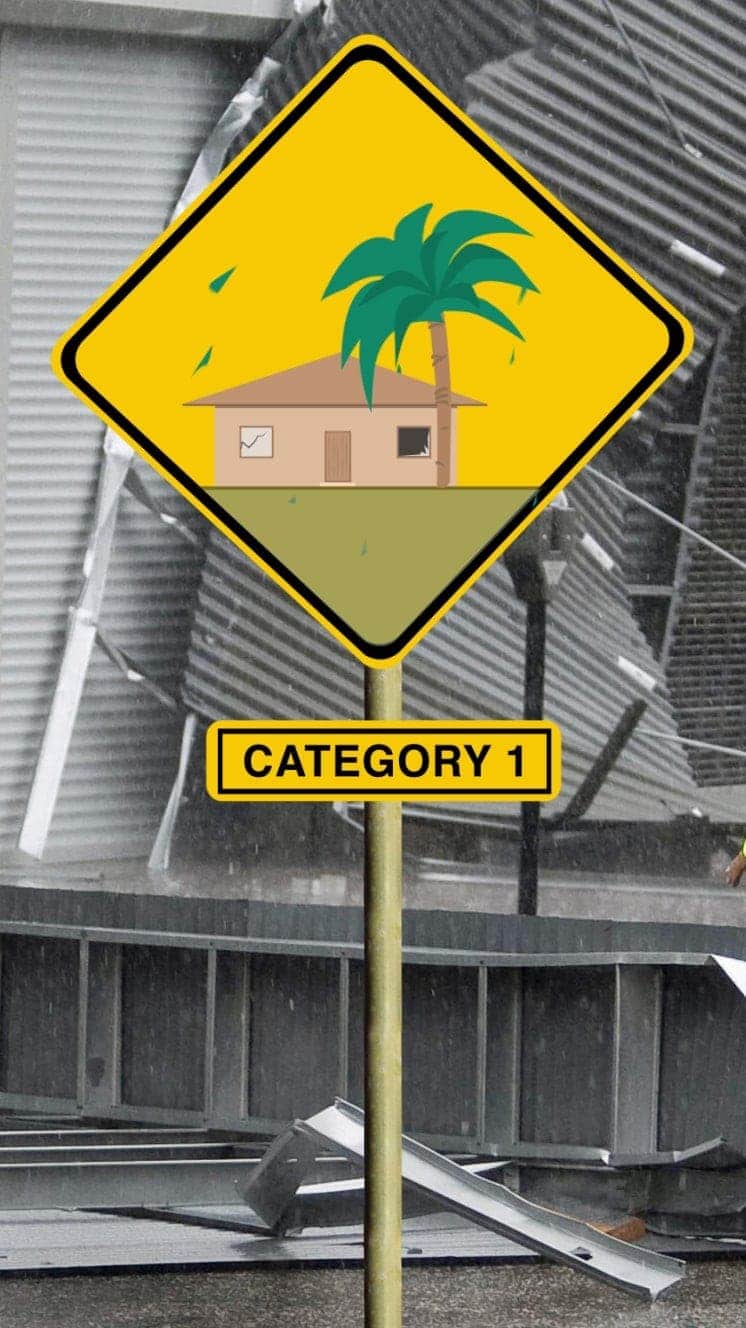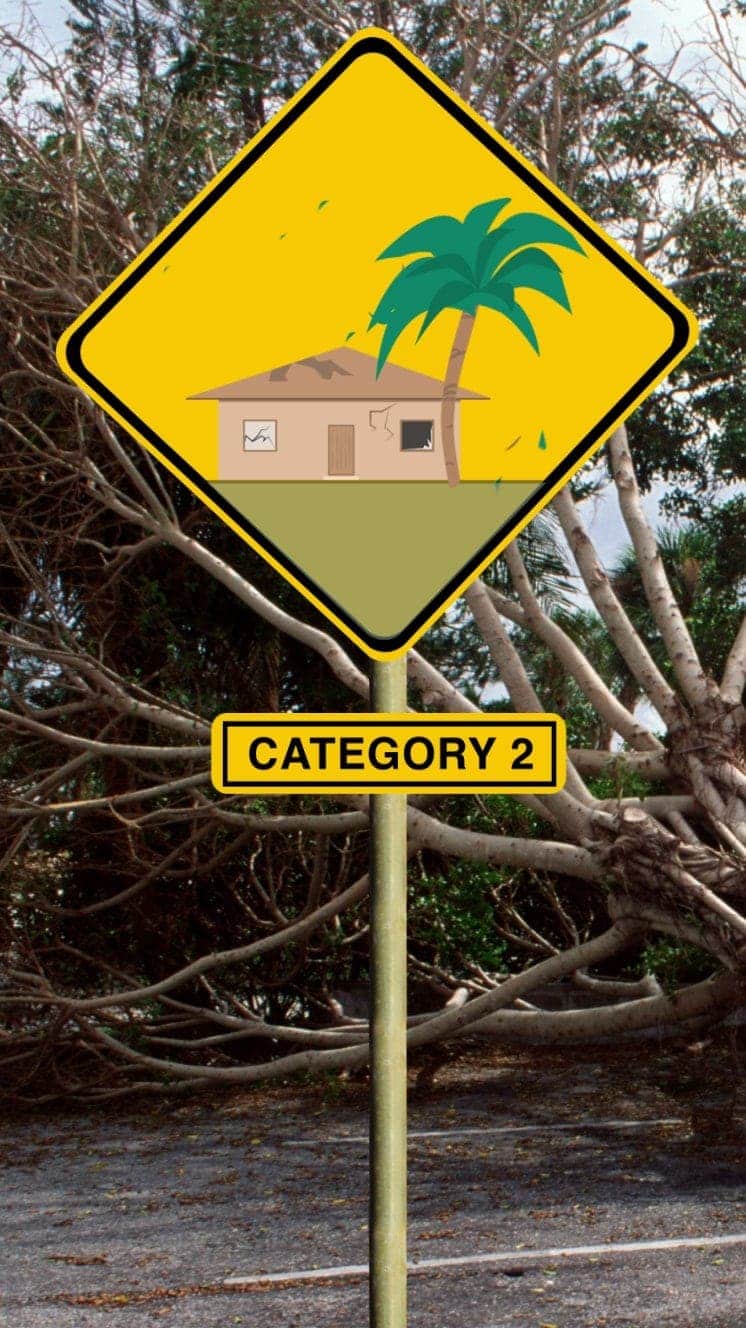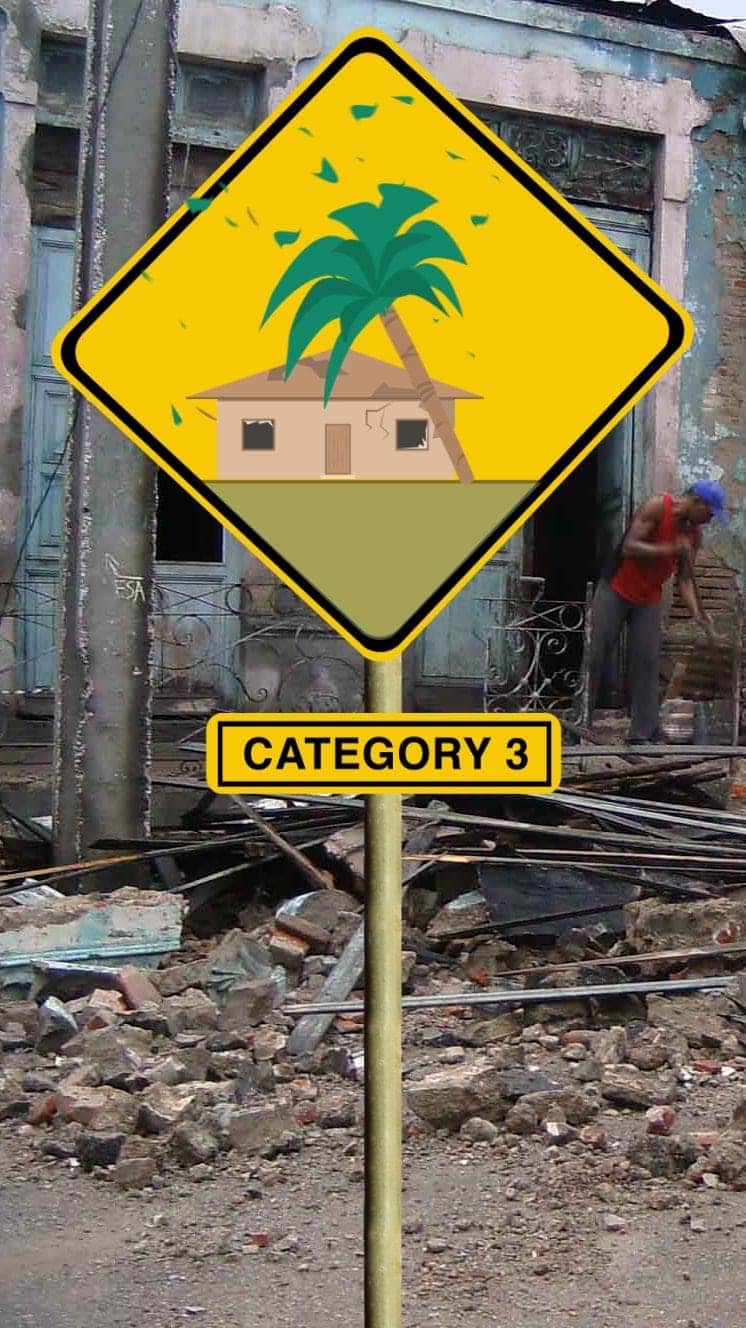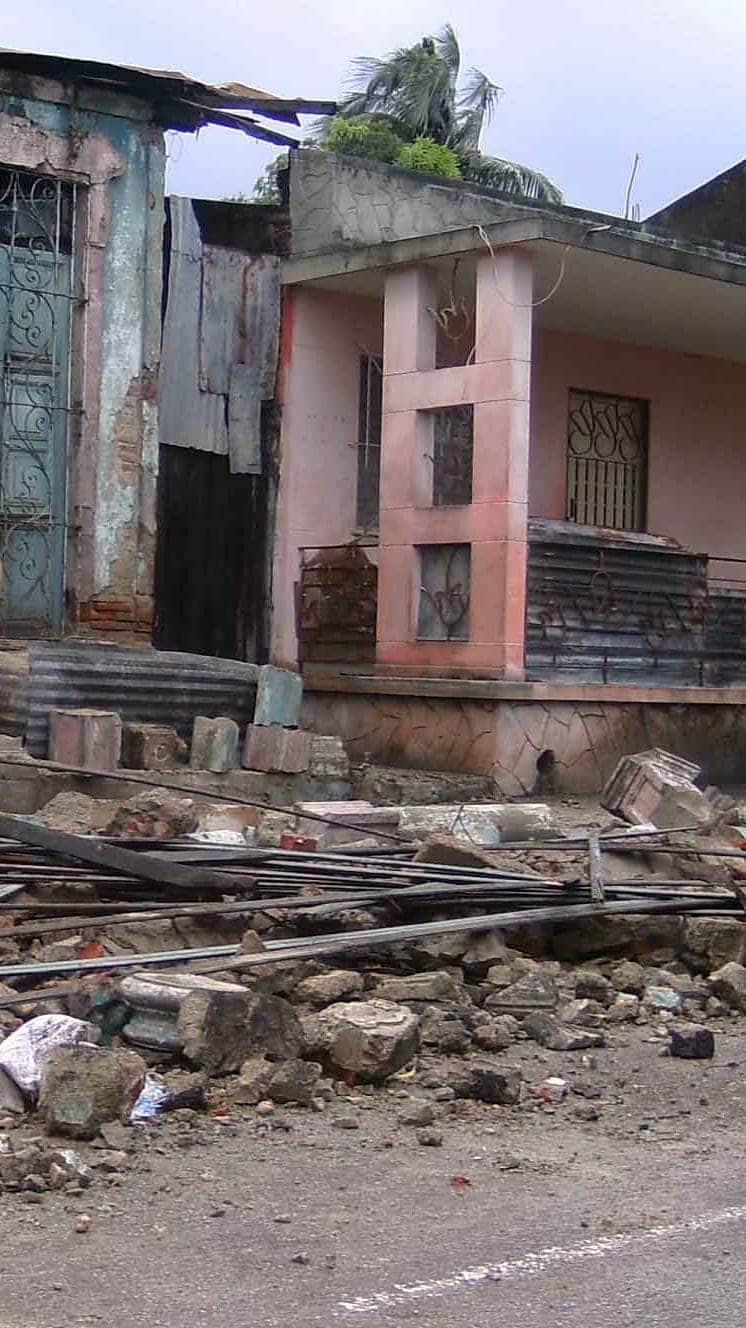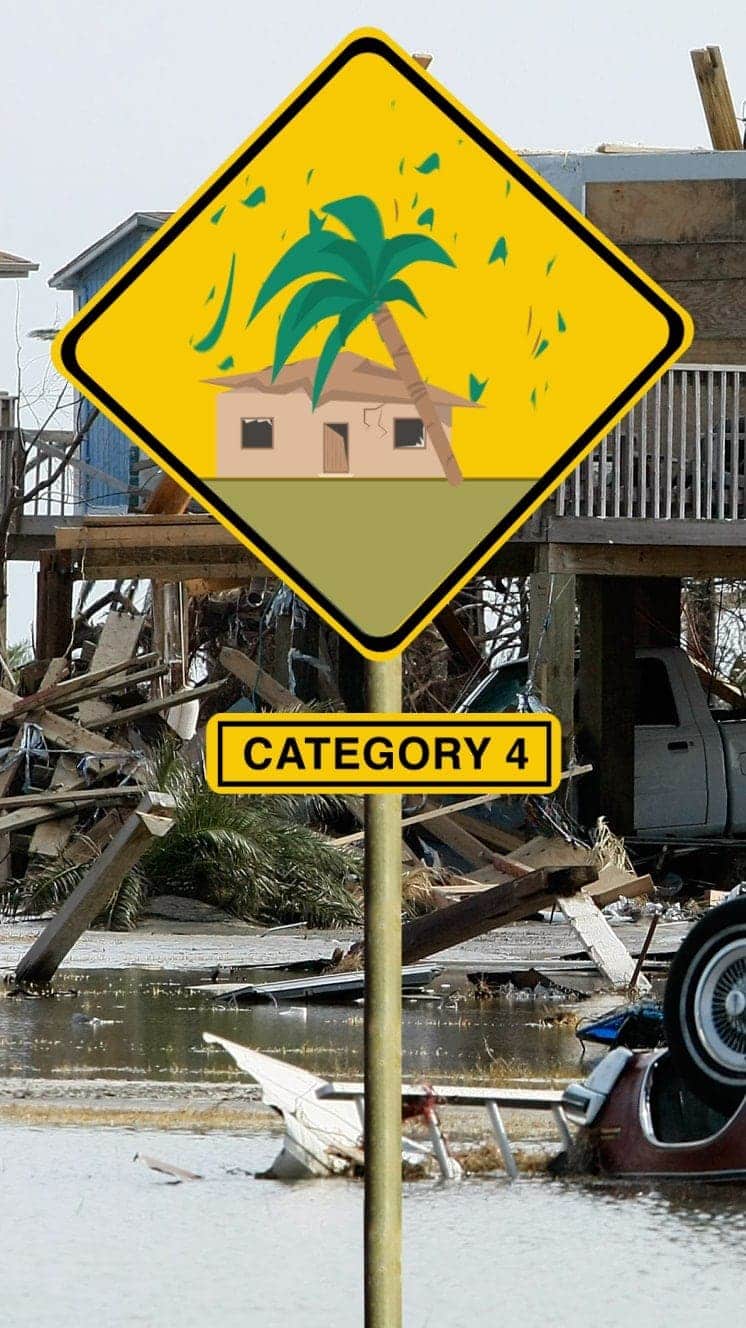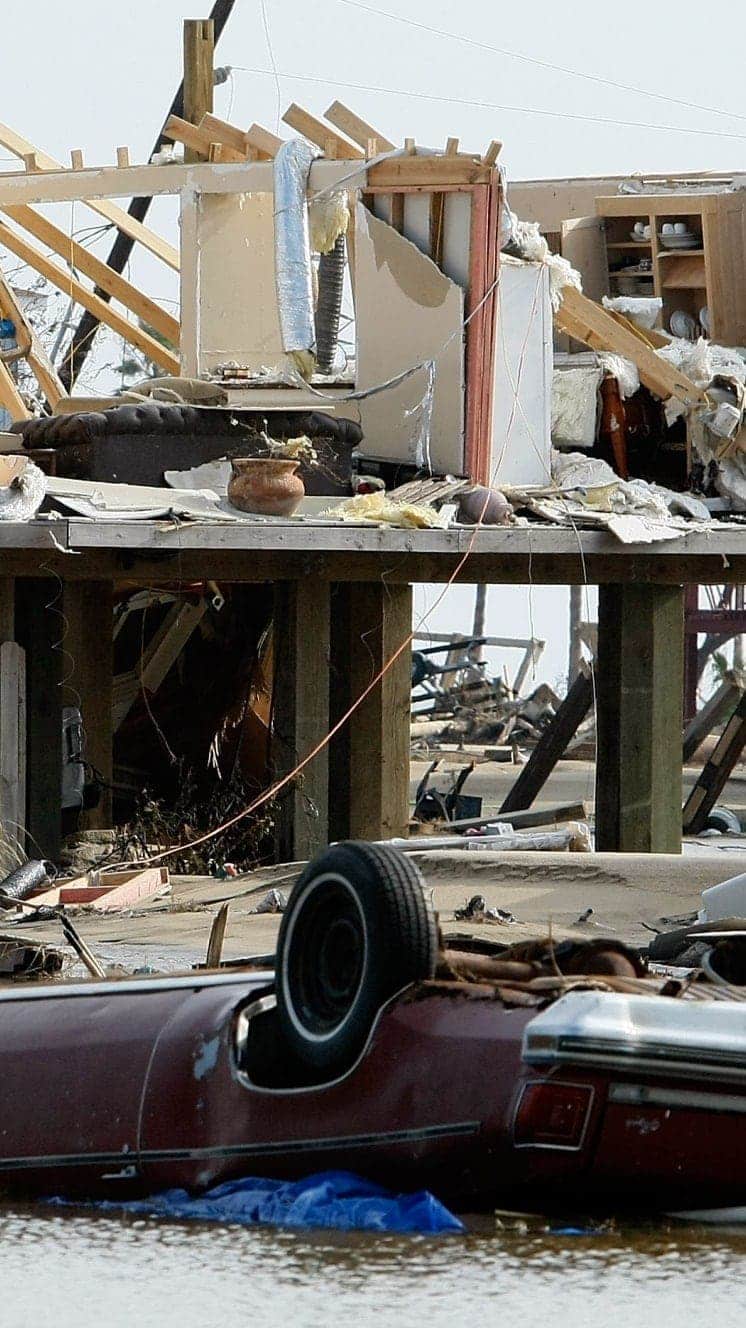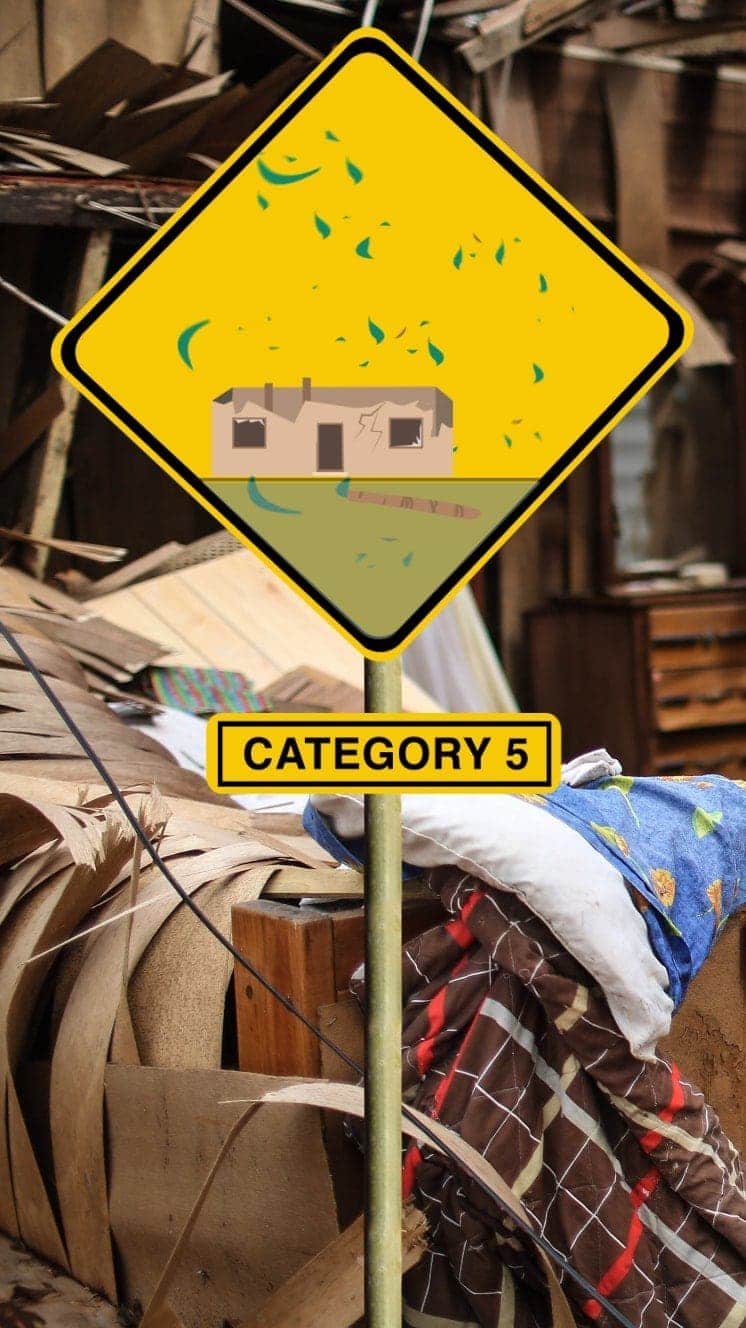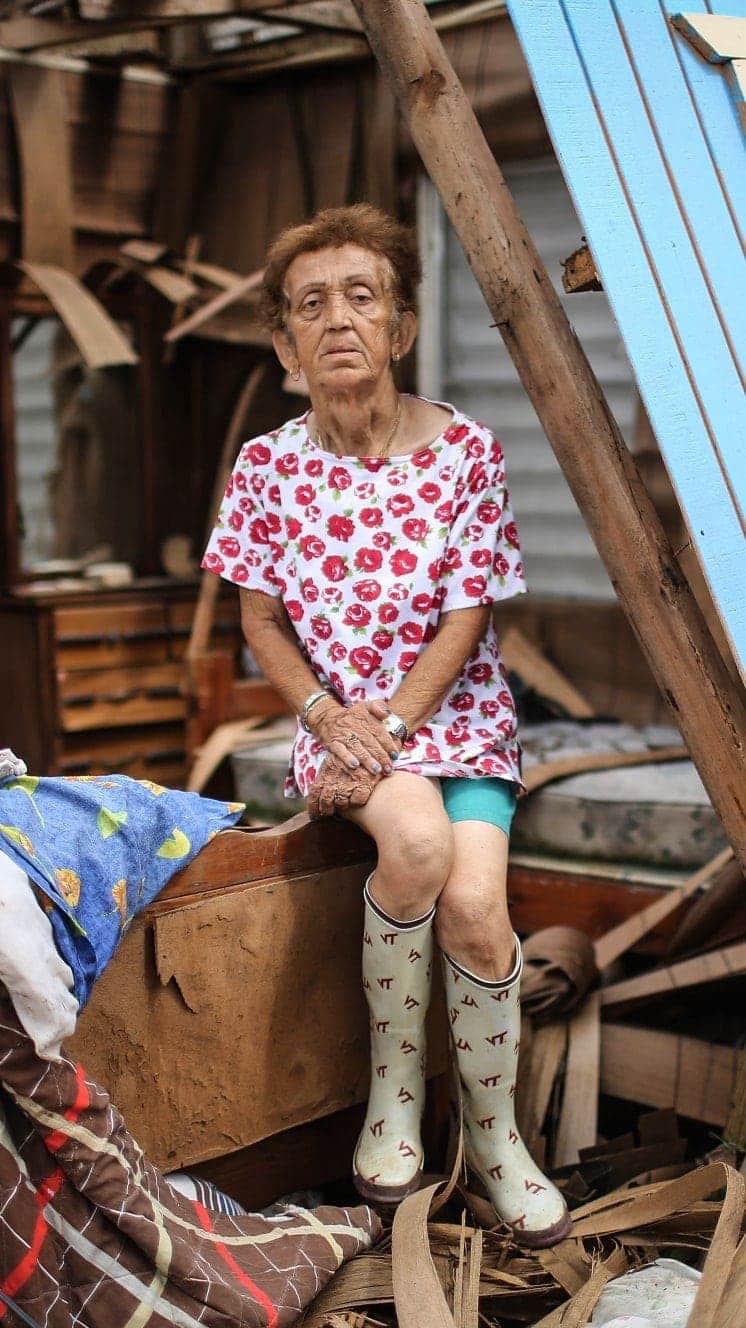Hurricane Laura's winds batter Louisiana, killing six
- Published
Hurricane Laura left a trail of destruction in Louisiana and Texas
At least six people have been killed as Hurricane Laura battered the US state of Louisiana.
Winds of up to 150mph (240km/h) caused severe damage, with power cuts to more than half a million homes and a chemical fire from an industrial plant.
But the feared 20ft (6m) storm surge was avoided as the hurricane, the state's biggest, tracked further east.
Laura has now been downgraded to tropical storm status.
It has since crossed into Arkansas. At 19:00 local time (00:00 GMT) on Thursday the National Hurricane Center said the storm had weakened to maximum sustained winds of 40mph (65km/h), external, but was still bringing heavy rainfall.
Louisiana Governor John Bel Edwards said the state "did not sustain and suffer the absolute, catastrophic damage that we thought was likely," but stressed they had still suffered "a tremendous amount of damage" and warned people to remain vigilant.
Allow X content?
This article contains content provided by X. We ask for your permission before anything is loaded, as they may be using cookies and other technologies. You may want to read X’s cookie policy, external and privacy policy, external before accepting. To view this content choose ‘accept and continue’.

President Donald Trump was briefed at the Federal Emergency Management Agency (Fema) in Washington and said he would go to the area at the weekend.
He said he had been prepared to postpone his speech at the Republican National Convention later on Thursday to travel to the region but added: "We got a bit lucky. It was very big and very powerful but it passed quickly." The president will visit the states affected at the weekend.
Laura and another storm, Marco, earlier swept across the Caribbean, killing 24 people.
What's the latest from Louisiana?
At least six people are known to have died after the storm crashed into the US, Gov Edwards told reporters.
Of those, four were killed by falling trees. One man drowned in a boat that sank and another died of carbon monoxide poisoning from a generator in his home, authorities said.
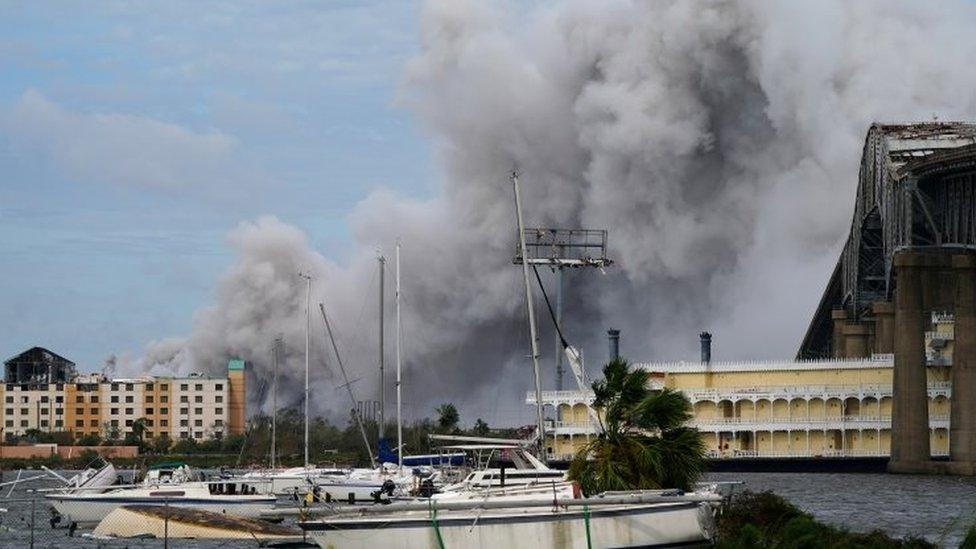
Residents were told to stay indoors as a "chemical fire" was tackled near Lake Charles
There was more structural damage from winds than anticipated, but the water damage was less than feared.
Nearly 900,000 homes and businesses lost power as the storm hit the US.
A barge had collided with a bridge in the city of Lake Charles, quite close to where a suspected "chlorine chemical fire" at an industrial plant was being attended by emergency services.
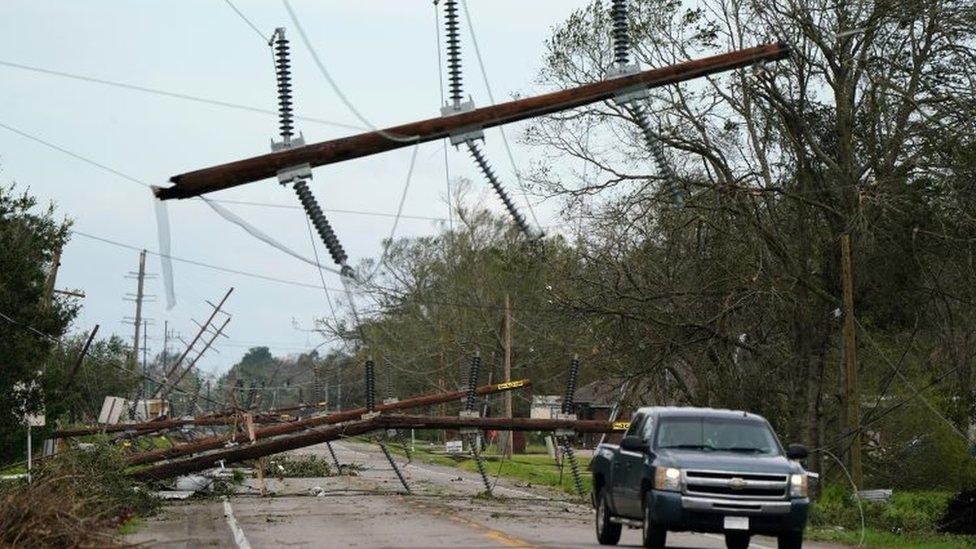
More than half a million homes in Louisiana were reported to be without power
Mr Edwards said people should stay off the roads where possible, as outer bands of the storm were still causing high water levels and winds.
Some 1,500 people, including National Guard troops, are being deployed in rescue and clean-up missions.
Vice-President Mike Pence, who joined Mr Trump at Fema, said: "While this was a major storm with devastating impact it was not as bad as it could have been."
Where did Laura hit and what's its path?
It was one of the strongest to ever hit the US Gulf Coast, striking as a category four with winds of up to 150mph (240km/h).
Governor Edwards said it was even more powerful than Hurricane Katrina, the 2005 storm that devastated New Orleans and killed more than 1,800 people.
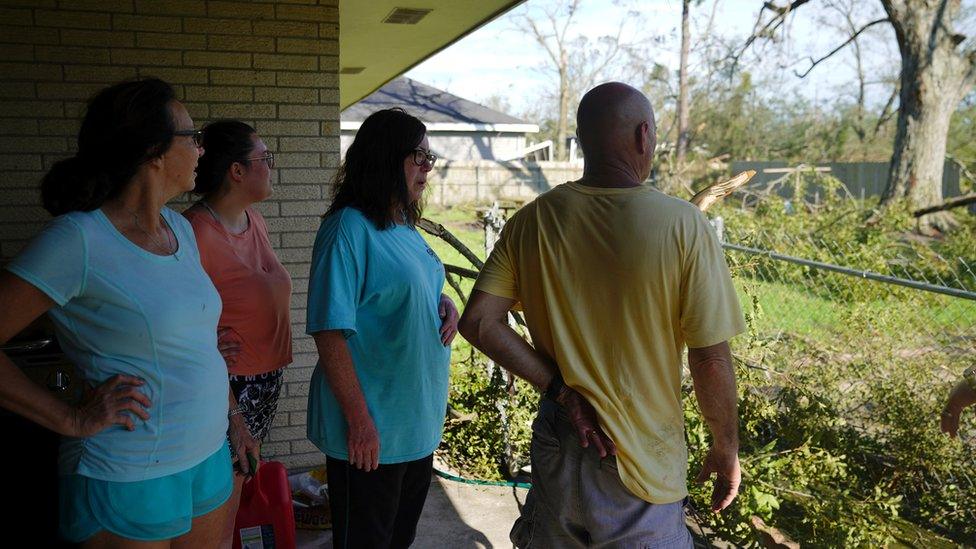
Debbie Darscheid and her family surveying the damage at their house after Hurricane Laura passed through Lake Charles
It made landfall shortly after midnight local time (05:00 GMT) near the district of Cameron, in Louisiana. It tracked north, just east of the Texas-Louisiana border.
As yet, there have been no casualties confirmed in Texas. Governor Greg Abbott toured the area hit by the storm, external with the US Coast Guard on Thursday, and said the state was "ready to help communities rebuild".
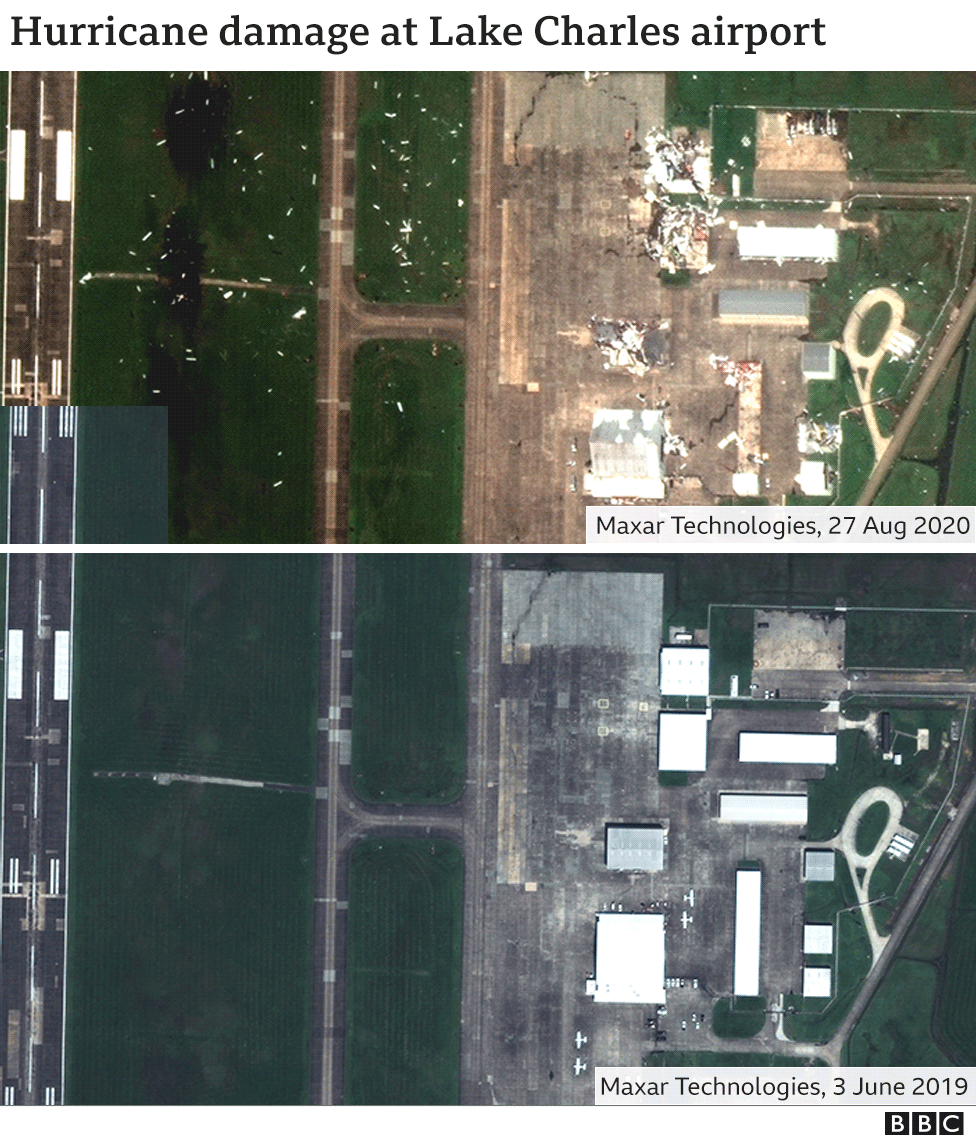

Lake Charles, a city of 78,000, and its surrounding areas were badly hit. Trees and electricity pylons have been ripped from the ground and vehicles overturned.
Part of the roof of the Golden Nugget Casino flew off, a CNN-affiliated reporter witnessed, and an NWS radar installation was destroyed.
A producer for the WSAZ news channel tweeted before and after images of the 22-storey Capital One tower:
Allow X content?
This article contains content provided by X. We ask for your permission before anything is loaded, as they may be using cookies and other technologies. You may want to read X’s cookie policy, external and privacy policy, external before accepting. To view this content choose ‘accept and continue’.

In Sparks, just to the north, Rev Karl Smith rode out the storm in his cellar. He told Reuters: "We just had trees thrown everywhere. It's a big mess."
Ahead of the hurricane's arrival, more than 420,000 Texas residents were ordered to leave, while an additional 200,000 were told to evacuate Calcasieu Parish in south-western Louisiana.


The evacuations were complicated by the Covid-19 pandemic.
One person headed to a Texas shelter, Eric Daw, told Reuters: "They say we are all supposed to socially distance now. But how am I supposed to socially distance in a shelter?"

What other areas have suffered?
Haiti and the Dominican Republic were both earlier badly hit by storms Marco and Laura, with at least 24 fatalities and severe flooding. Thousands of homes were damaged and there were extensive power cuts.
Cuba suffered material damage but did not record any deaths.
In Jamaica, there were reports of landslides and flooded roads.
The US territory of Puerto Rico was also hit, with President Trump declaring a state of disaster last Saturday.
Hurricane Laura to bring more severe weather

Have you been affected by Hurricane Laura? If it is safe to do so please share your experiences by emailing haveyoursay@bbc.co.uk, external.
Please include a contact number if you are willing to speak to a BBC journalist. You can also get in touch in the following ways:
WhatsApp: +44 7756 165803
Tweet: @BBC_HaveYourSay, external
Please read our terms & conditions and privacy policy
If you are reading this page and can't see the form you will need to visit the mobile version of the BBC website to submit your question or comment or you can email us at HaveYourSay@bbc.co.uk, external. Please include your name, age and location with any submission.
- Published25 August 2020
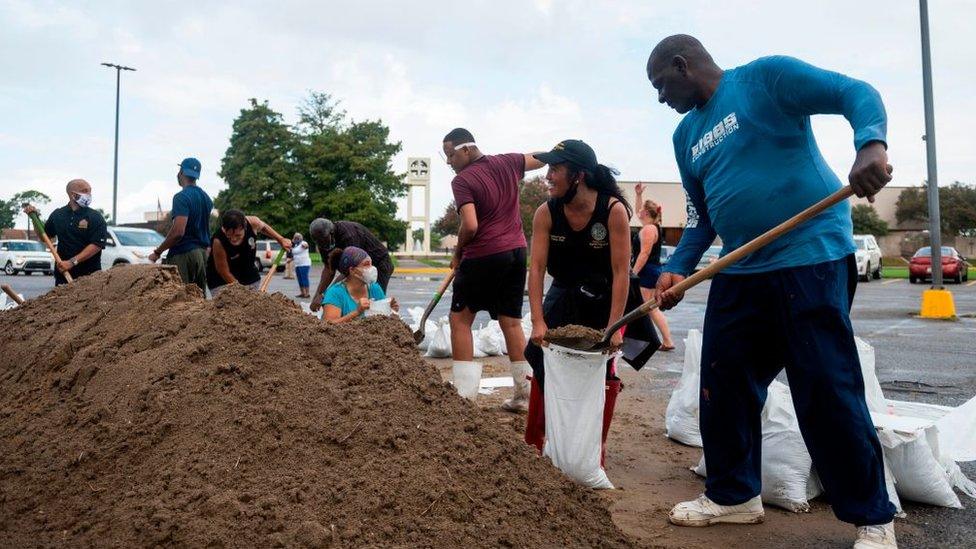
- Attribution
- Published24 August 2020
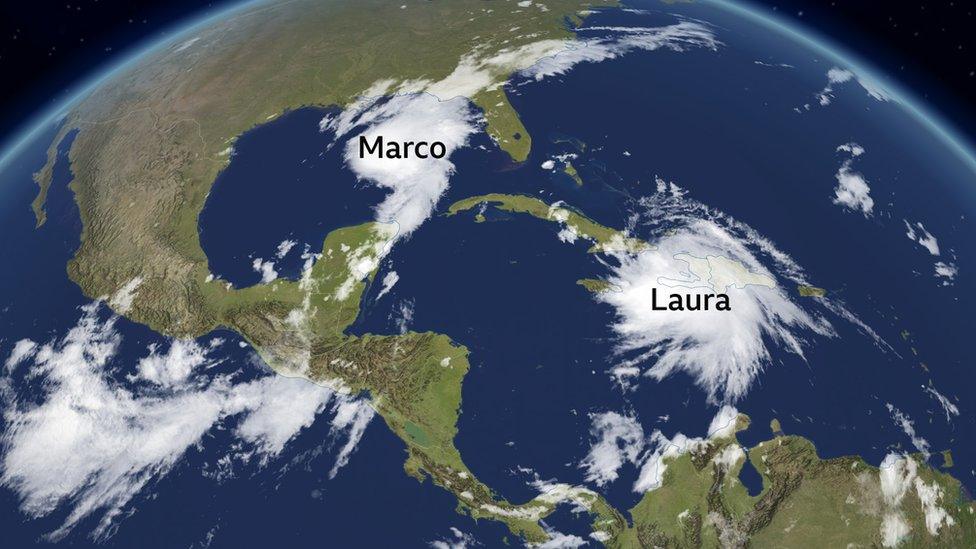
- Published24 August 2020

- Published16 September 2020
